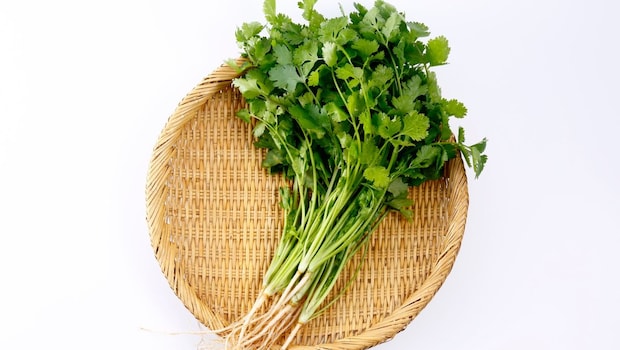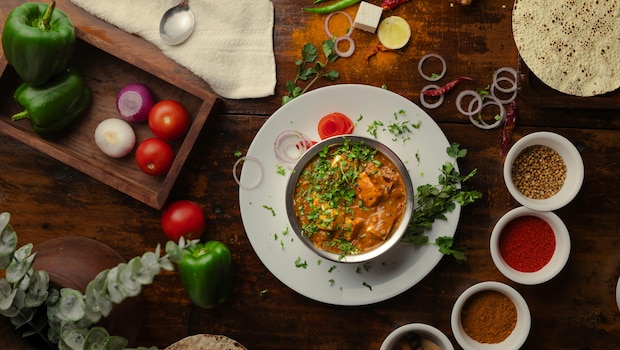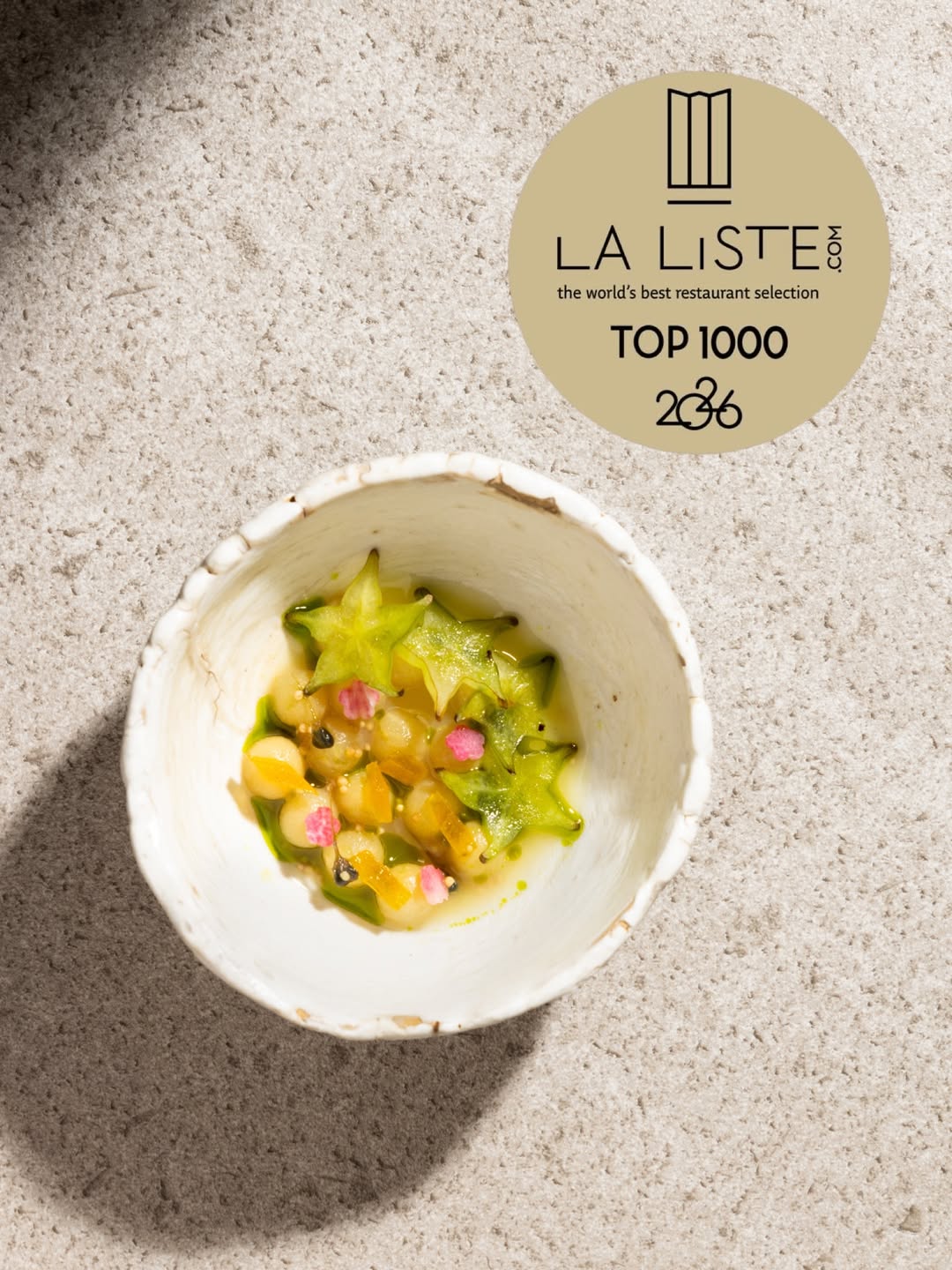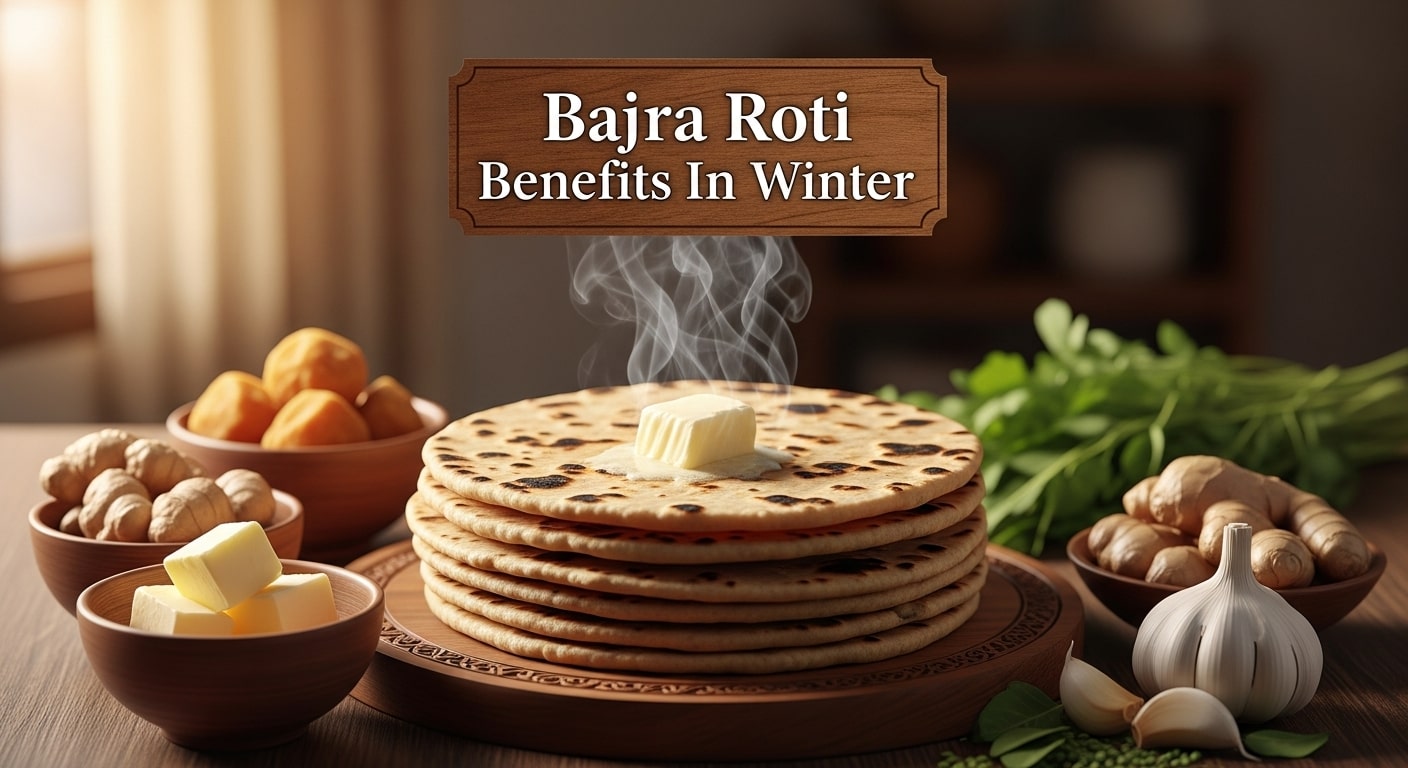Coriander, or dhania as it's fondly called in Indian kitchens, is one of those herbs that instantly elevates a dish with its fresh aroma and vibrant green colour. Whether sprinkled over dals, mixed into chutneys, or used as a garnish on curries, coriander brings a burst of flavour and freshness to every meal. But while most of us focus on how to use it, we often overlook one crucial step - cleaning it properly. Unwashed coriander can carry dirt, sand, and even pesticide residue, which can do more harm than good. So, before you toss that bunch into your sabzi or chutney, here's how to clean it the right way.
Also Read: Fresh Herbs or Dried Herbs: Which One Would You Pick?
Why You Should Never Skip Cleaning Coriander Leaves
Fresh coriander grows close to the ground, and its delicate leaves and stems easily trap soil, tiny insects, and dust. Many farmers also use chemical fertilisers and pesticides to protect the plant, and washing it properly helps remove these residues. If not cleaned well, you might end up consuming bacteria, pesticides, or mud particles that could cause stomach infections or other health issues.
Think of cleaning coriander as part of your cooking prep - it's not just about hygiene but also about preserving the herb's freshness and flavour.

It is important to clean coriander leaves properly before consumption.
Photo Credit: Canva
5 Steps to Clean Coriander Leaves Properly
Here's a simple, foolproof method to make sure your coriander is clean, safe, and ready to use.
1. Separate the leaves and discard the roots
Start by trimming off the roots and any thick, muddy ends of the stems. The roots often carry most of the dirt and should be removed. Then, gently separate the bunch to allow easy washing.
2. Rinse under running water
Hold the coriander under cool running water to remove visible dirt and dust. You'll notice a lot of grime washing off at this stage. Shake it gently to loosen the dirt that clings between leaves and stems.
Also Read: How To Clean And Store Herbs For Safe Consumption: Easy Tips And Steps To Follow
3. Soak in water and salt (or vinegar)
Fill a large bowl with clean water and add a teaspoon of salt or a splash of white vinegar. Soak the coriander for about 10 minutes. This helps eliminate hidden impurities, bacteria, and pesticide residues. You'll be surprised to see how murky the water becomes!
4. Swirl and rinse again
Lift the coriander out (don't pour the water out, as dirt will settle at the bottom). Swirl the bunch in a fresh bowl of water or rinse it again under running water to ensure all residue is gone.
5. Dry thoroughly before storing or using
Pat the leaves dry with a clean kitchen towel or use a salad spinner. Make sure there's no excess moisture, especially if you're storing them. Wet coriander spoils faster, so let it air-dry for a few minutes before placing it in the fridge.
Pro tip: Wrap the cleaned coriander in a paper towel and store it in an airtight container or zip-lock bag. It stays fresh for up to a week.
Why Coriander Deserves a Place in Every Meal
- Coriander isn't just about flavour - it's packed with nutrition too. It's rich in vitamins A, C, and K, along with antioxidants that help fight inflammation. Its natural detoxifying properties support digestion and may help flush out toxins from the body.
- Many Ayurvedic experts also believe coriander helps cool the body and reduce bloating - which is why you'll often find it in cooling chutneys and raitas, especially during summer.
- Adding coriander to your daily meals not only enhances the taste but also boosts your health in subtle, powerful ways.

Coriander can be used to add flavour to many dishes.
When Should You Add Coriander - During or After Cooking?
This is one question that often divides home cooks! While there's no one-size-fits-all answer, the timing depends on the dish you're making.
- For curries, dals, and sabzis: Add chopped coriander after cooking, just before serving. The heat releases its aroma without overcooking it.
- For soups and gravies: Sprinkle some coriander while the dish is simmering to let the flavours blend, and add another pinch at the end for freshness.
- For chutneys, marinades, and dips: Use fresh coriander raw - it's the key to that vibrant green colour and zesty taste.
The idea is to let coriander lend its natural freshness and aroma without being overpowered by heat.
Also Read: 5 Unique, Easy Ways To Include Coriander In Your Diet Beyond Chutney
Cleaning coriander may seem like an extra step, but it's a small price to pay for safe, fresh, and healthy meals. Those few minutes of washing and soaking can help you avoid unwanted bacteria and pesticide residue - and ensure that the herb you're adding for "freshness" truly lives up to its purpose.
About Neha GroverLove for reading roused her writing instincts. Neha is guilty of having a deep-set fixation with anything caffeinated. When she is not pouring out her nest of thoughts onto the screen, you can see her reading while sipping on coffee.









